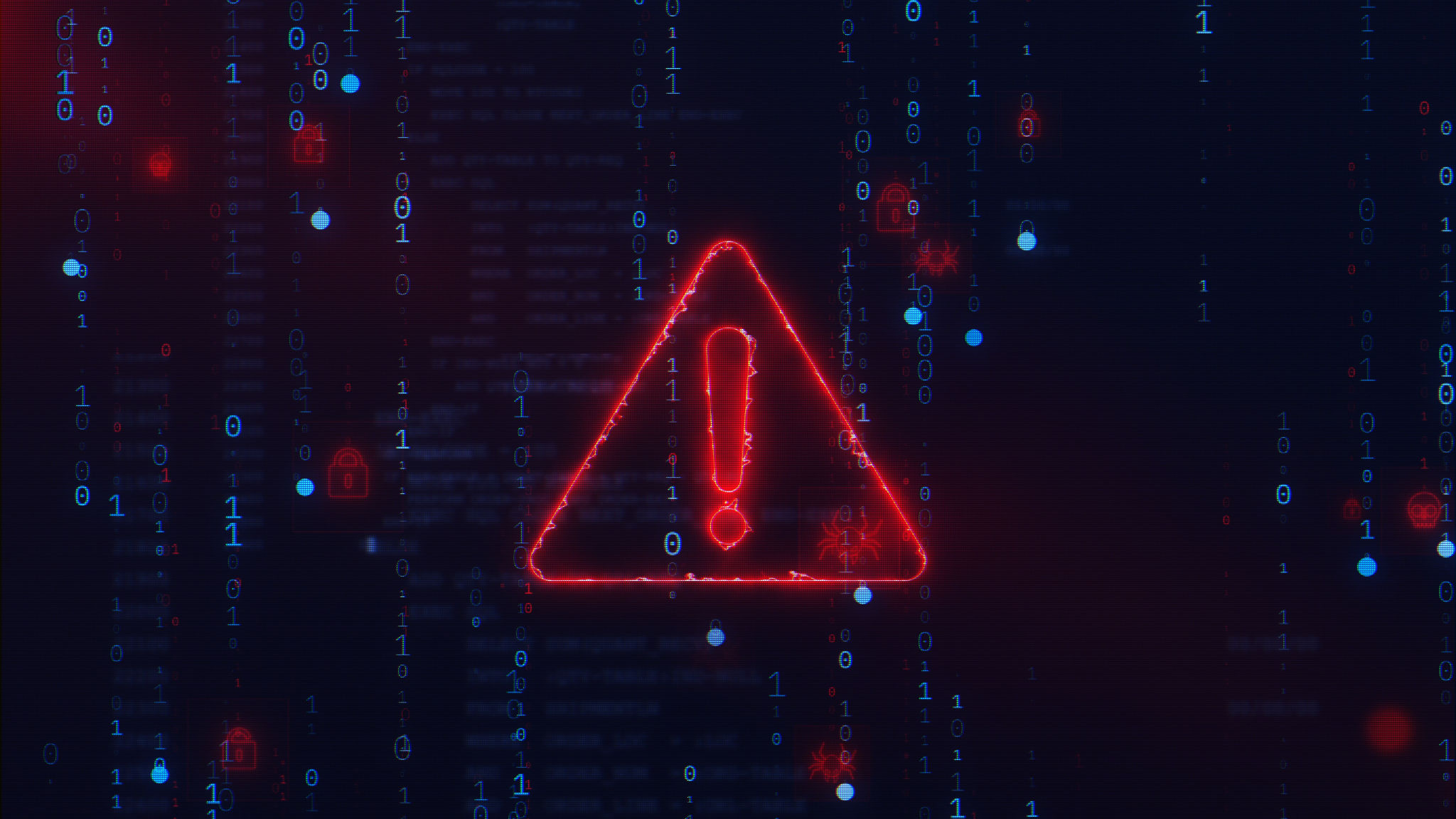Top Cybersecurity Threats and How to Prevent Them
Understanding Cybersecurity Threats
In today's digital age, cybersecurity threats are constantly evolving, posing significant risks to individuals and organizations alike. From data breaches to ransomware attacks, understanding these threats is crucial for protecting sensitive information and maintaining operational integrity.

Cybercriminals are becoming increasingly sophisticated, employing advanced techniques to infiltrate systems and networks. Staying informed about the latest threats and implementing robust cybersecurity measures is essential in safeguarding your digital assets.
Common Cybersecurity Threats
There are several types of cybersecurity threats that you should be aware of. Some of the most common include:
- Malware: Malicious software designed to damage or disrupt systems. This includes viruses, worms, and trojans.
- Phishing: Fraudulent attempts to obtain sensitive information by pretending to be a trustworthy entity in electronic communications.
- Ransomware: A type of malware that encrypts files on a device, rendering them inaccessible until a ransom is paid.
These threats can lead to data loss, financial damage, and reputational harm. It's vital to recognize their signs and take preventive measures.
Preventing Cybersecurity Threats
While cybersecurity threats are pervasive, there are effective strategies to mitigate their impact. Here are some key preventive measures:
- Regular Software Updates: Ensure all software and operating systems are up-to-date to protect against vulnerabilities.
- Strong Passwords: Use complex passwords and change them regularly to prevent unauthorized access.
- Employee Training: Educate employees about cybersecurity best practices and how to recognize phishing attempts.

Implementing these strategies can significantly reduce the risk of falling victim to cyberattacks. Additionally, having a robust incident response plan in place is critical for minimizing damage if an attack occurs.
The Role of Technology in Cybersecurity
Technology plays a vital role in enhancing cybersecurity defenses. Utilizing advanced tools like firewalls, antivirus software, and intrusion detection systems can provide an additional layer of protection against threats. Furthermore, leveraging artificial intelligence and machine learning can help identify potential risks before they escalate.
Investing in cybersecurity technology not only strengthens defenses but also instills confidence in customers and stakeholders, showcasing your commitment to data protection.

The Importance of Continuous Monitoring
Continuous monitoring of networks and systems is essential for detecting anomalies that could indicate a security breach. By maintaining vigilance and promptly addressing suspicious activities, organizations can avoid prolonged exposure to cyber threats.
Regular audits and vulnerability assessments can also help identify potential weaknesses and ensure compliance with industry standards. This proactive approach is key to maintaining a resilient cybersecurity posture.
In conclusion, understanding and addressing top cybersecurity threats is fundamental for protecting your digital environment. By staying informed, implementing preventive measures, and leveraging technology, you can effectively safeguard your valuable assets from cybercriminals.
